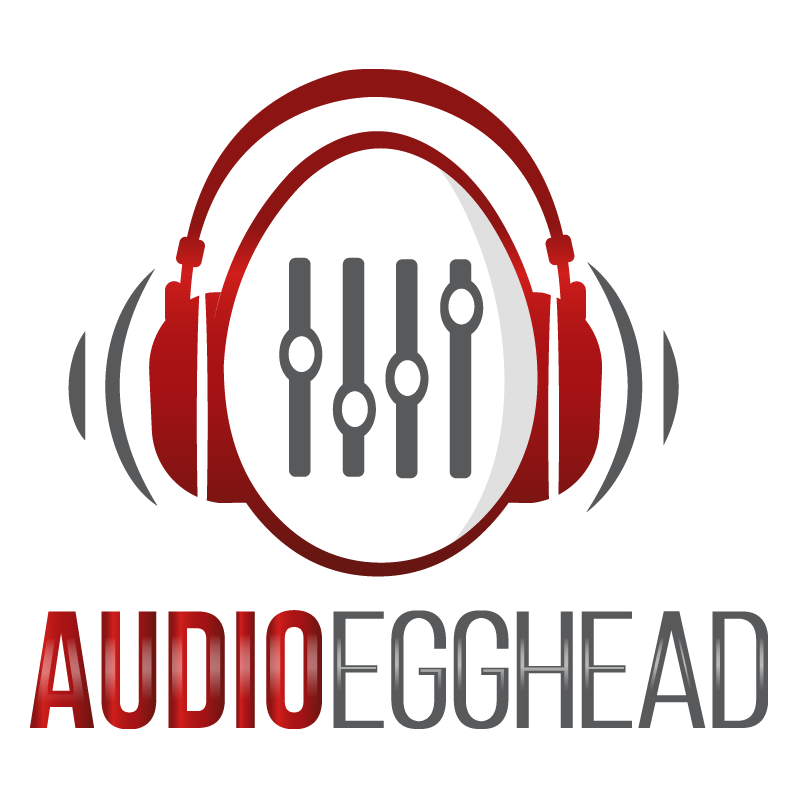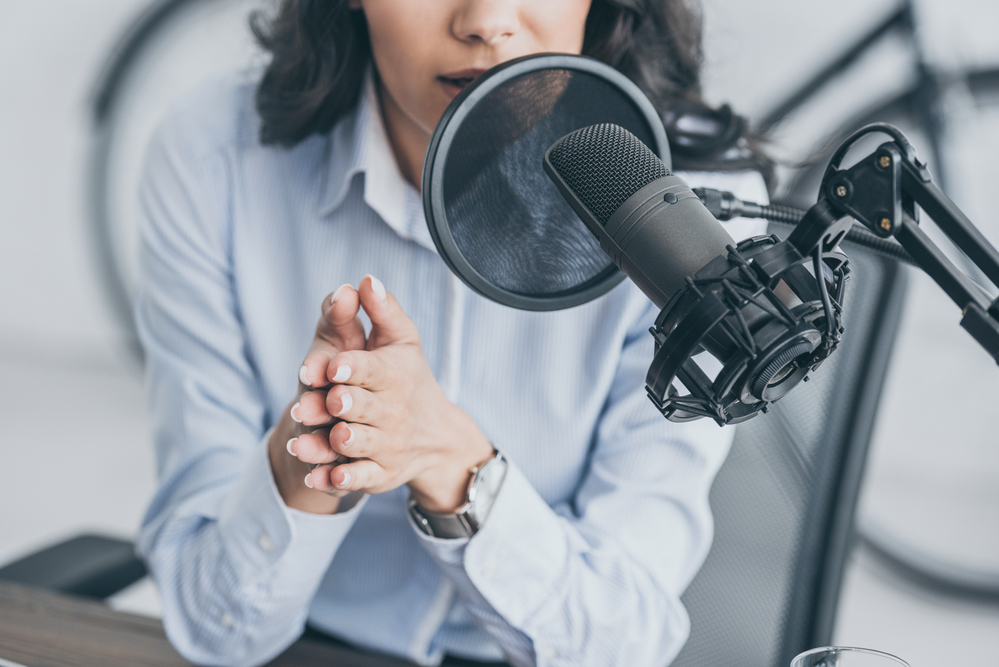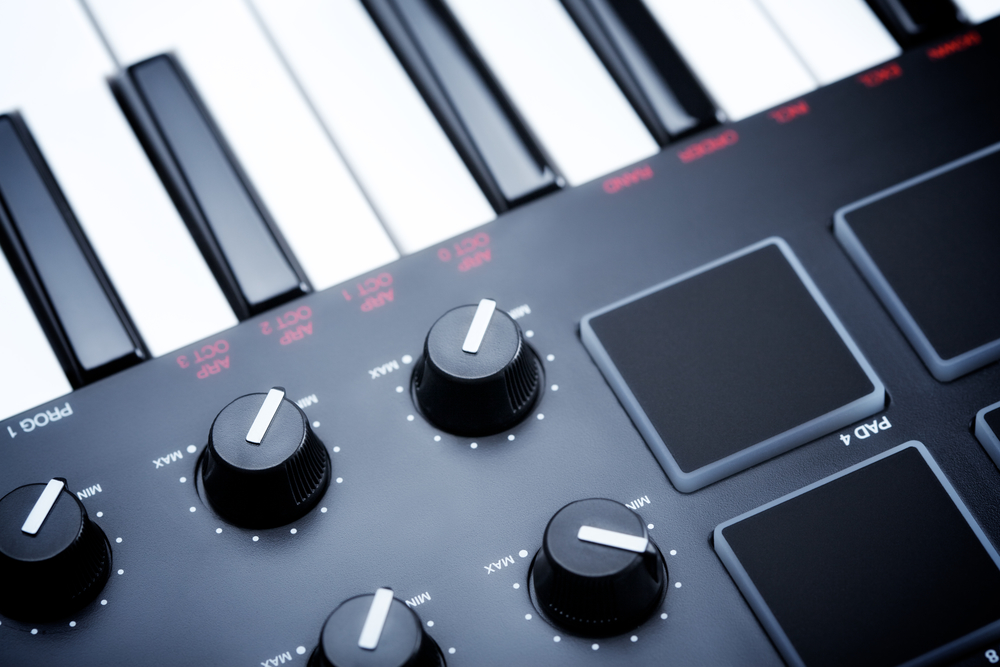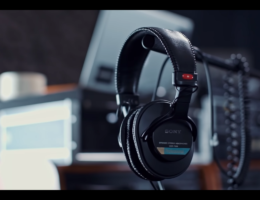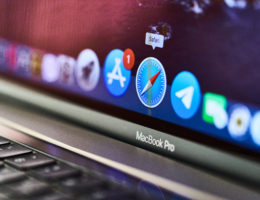Podcasting has exploded in popularity in the past few years. It has become relatively easy for creators to break out on platforms like iTunes, Podbean, Libsyn, and SoundCloud. When starting out, a new podcaster might be overwhelmed by the range of options when it comes to equipment. We’re here to give the beginner—and old pros—tips on selecting the best USB microphone for their podcast.
Many beginners are shocked at the cost of microphones, mixers, sound editing software: the lists of “must-have” equipment from people in the industry will look lengthy and expensive. And they are!
Getting started in the world of podcasting shouldn’t cost an arm, just to get some high-quality sound in your home studio.
There are as many reasons to start a podcast as there are people behind the microphone. We are here to give you the rundown on the best microphones on the market right now, and try to get you into something that will suit the level of audio quality you are looking for, while hitting your price point, no matter where it may be. The best podcast microphones are specially made for voiceovers—or any kind of voice recording you have in mind.
Best USB Podcast Microphones | Frequently Asked Questions
- What is a USB Microphone
- What Is the Benefit of USB Microphone Rather than a Tradition XLR Condenser Microphone?
- Are USB Microphones Inferior to XLR Microphones?
- Are There Any Special Features to Look for in a Good Podcasting Microphone?
- What Kind of Mount or Stand Should Go with the Microphone?
- Is There Any Special Software That Needs to Be Downloaded with a USB Microphone?
1. What Is a USB microphone?
A USB microphone plugs directly into a computer and immediately converts the signal from analog to digital without having to go through an audio interface or USB interface (a special type of mixer that converts classic XLR inputs to a digital signal; think of it as a kind of external sound card).
Traditional microphone technology is still utilized in the guts of the microphone but is transmitted differently.
2. What Is the Benefit of a USB Microphone Rather than a Traditional XLR Condenser Microphone?
A USB microphone is plug-and-play. Instead of buying extra peripheral equipment, the user only needs their existing computer and the microphone. That’s it! You really do just take the microphone cord, plug into the USB port, and start recording.
3. Are USB Microphones Inferior to XLR Microphones?
This may have been the case just a few years ago, but the technology has improved drastically in the last ten years. The best USB microphone will have just as much technology jammed into its casing as traditional XLR microphones. As with most things, expect to pay more to get more.
By getting a USB microphone, you will avoid the extra cost of an audio interface. Unfortunately, computers don’t have inputs for XLR cables, but the interface is really what its all about anyway. For a newer or even intermediate level podcaster, a USB setup will be just fine.
Maybe even for the professional, it just depends on the route you want to take, and what your budget is. Don’t forget to save a few bucks for a mic stand. As long as you get the sound quality that you are looking for out of your equipment, you are headed in the right polar pattern. That’s a bad joke for the audiophiles, don’t @ me, but don’t laugh either.
4. Are There Any Special Features to Look for in a Good Podcasting Microphone?
Not all USB microphones are created equal. For single-person podcasting, look for what’s known as a cardioid microphone, which simply means it records from the front only. If anticipating two-person podcasts or interviews with one other person, a bidirectional microphone will work best. For group recording, look for an omnidirectional (all-direction) microphone.
5. What Kind of Mount or Stand Should Go with the Microphone?
The best kind of mount is known as a shock mount and can be used with a boom arm, floor stand, or desktop stand. Essentially, springs and rubber bands suspend the microphone and prevent any accidental bumps or brushes from being recorded on your track.
6. Is There Any Special Software That Needs to Be Downloaded with a USB Microphone?
Your microphone will come with any necessary drivers. Beyond that, podcasters will need audio mixing/editing software like Audacity, WavePad, or Apple Garage Band to get started. This is an essential part of bringing a podcast to life.
How We Reviewed the Microphones on This List
The following products were reviewed based on the following parameters: Features, Pros & Cons, Price, Where to Buy, and Warranty.
Overall Price Range of These USB Microphones
Products in this best USB microphone list range anywhere from $30 to just over $200. As one would expect, there will probably be more features on the more expensive units, but that doesn’t mean that the $30 option will be less than the best USB microphone for a given podcaster’s budget
What Microphones We Reviewed
- Blue Yeti USB Microphone
- Samson Meteor Mic USB Studio Condenser Microphone
- Audio-Technica AT2020USB+ Cardioid Condenser USB Microphone
- Blue Raspberry Premium Mobile USB Microphone
- Razer Seiren Elite: Single Dynamic Capsule
- MAONO USB Condenser Computer Mic with Echo
- Blue Snowball iCE Condenser Microphone
- Rode Podcaster USB Dynamic Microphone
- Rode NT-USB Versatile Studio-Quality USB Cardioid Condenser Microphone
- Thronmax MDrill ZeroUSB Condenser Microphone
Blue Yeti USB Microphone
Features
 There isn’t a “Best USB Microphone” list out there that doesn’t have the Blue Yeti somewhere near the top of the list.
There isn’t a “Best USB Microphone” list out there that doesn’t have the Blue Yeti somewhere near the top of the list.
It’s a feature-packed powerhouse that is found nearly anywhere electronics are sold.
Unlike most of the best USB microphones on this list, it can switch between cardioid, bidirectional, omnidirectional, and stereo, meaning it has versatility for many studio applications.
It also boasts a headphone jack, which is important for monitoring your own voice for podcasting.
Pros
- Excellent quality build
- Packed with features
- Versatile application
Cons
- Heavier than similar units
- May run slightly out of the beginner’s budget
Price: $$
Warranty
The warranty is for two years from the date of the original purchase if purchased from an authorized dealer in the U.S. You must contact Blue Technologies for warranty information if you purchase outside the U.S.
Samson Meteor Mic USB Studio Condenser Microphone
Features
 This little powerhouse is a condenser microphone with a cardioid pickup pattern for the solo podcaster. It, too, has a zero-latency headphone output jack for monitoring your recording. The legs fold back onto its body for easy storage and transport, as well as setting the microphone up for any recording position.
This little powerhouse is a condenser microphone with a cardioid pickup pattern for the solo podcaster. It, too, has a zero-latency headphone output jack for monitoring your recording. The legs fold back onto its body for easy storage and transport, as well as setting the microphone up for any recording position.
Since it’s a condenser microphone, it will pick up any background noise in the recording location; but Samson thought of this and offers Sound Deck Noise Cancellation software if the podcaster feels it might be a problem. Note that their software can be very glitchy or may not work at all if you’re using a Mac.
Pros
- Excellent price for the beginner or the pro
- Smaller profile for smaller recording areas
- Portable and versatile
Cons
- Headphone jack inconvenient to access
- Volume knob can be a bit sticky (two-handed adjustment)
- Mute light can cause confusion
Price: $
Warranty
The warranty is for two years from the original date of purchase within the U.S.
Audio-Technica AT2020USB+ Cardioid Condenser USB Microphone
Features
 As with the previous two entries on this best USB microphone list, the Audio-Technica AT2020USB+ Cardioid Condenser USB Microphone is feature-packed, including the onboard headphone jack and volume control.
As with the previous two entries on this best USB microphone list, the Audio-Technica AT2020USB+ Cardioid Condenser USB Microphone is feature-packed, including the onboard headphone jack and volume control.
This is a condenser microphone, so it’s best used in a sound-controlled environment or at least some good microphone shielding when recording.
Pros
- Quality build
- Lighter than similar units
- Excellent recording quality
Cons
- Included microphone stand is poor quality
- Not the best option for loud or noisy environments
- Not compatible with all versions of Windows
Price: $$$
Warranty
The warranty is for two years from the date of the original purchase if purchased from an authorized dealer in the U.S. You must contact Blue Technologies for warranty information if you purchase outside the U.S.
Blue Raspberry Premium Mobile USB Microphone
Features
 Unlike the other best USB microphone products above, this USB microphone was specifically designed to be a mobile recording device.
Unlike the other best USB microphone products above, this USB microphone was specifically designed to be a mobile recording device.
This little condenser microphone works to minimize the sound around the speaker utilizing a patent-pending Internal Acoustic Diffuser, adding a twist to the traditional condenser microphone (diffusers are an external item used to reduce the noise of a crowd or otherwise noisy environment).
Pros
- Compact for maximum portability
- Max. 24-bit audio for crisper, clearer recording
- Headphone jack
Cons
- Smaller condenser microphone
- May be cost-prohibitive for the beginner
Price: $$$
Warranty
You can purchase an extended warranty, but otherwise, there is none for this item.
Razer Seiren Elite: Single Dynamic Capsule
Features
 The Razer Seiren Elite was designed by a gaming outfit better known for mice and keyboards.
The Razer Seiren Elite was designed by a gaming outfit better known for mice and keyboards.
Bringing their expertise to the table, they designed a USB microphone with many of the benefits of the other best USB microphone contenders above, but with a single dynamic capsule for a richer and livelier sound than many other microphones on the market.
Additionally, it has a built-in high-pass filter that cuts the need for an additional shock mount.
Pros
- Crisp, clear sound
- Zero-latency monitoring via headphone jack
- Low profile
Cons
- Built-in noise gate doesn’t always perform—post-production may be more effective
Price: $$$
Warranty
There is a one-year limited warranty. Refurbished products have a ninety (90) day limited warranty.
MAONO USB Condenser Computer Mic with Echo
Features
 Probably one of the best USB microphones for the beginner, the MAONO has many of the features of the microphones above at a fraction of the price.
Probably one of the best USB microphones for the beginner, the MAONO has many of the features of the microphones above at a fraction of the price.
This product includes a headphone jack, and volume controls.
Pros
- Boom arm compatible
- Lighter than similar USB microphones
- Decent build quality
Cons
- Included stand is poor quality
Price: $
Warranty
There is a 30-day warranty on this product, with lifetime technical support.
Blue Snowball iCE Condenser Microphone
Features
 Why would this strange little guy be vying for the best USB microphone?
Why would this strange little guy be vying for the best USB microphone?
Well, it’s because Blue Technologies dumped a whole lot of oomph into a teeny package.
It’s best used for the solo podcaster on the road (again, since it’s a condenser mic, remember to diffuse background noise).
While it may not have the onboard controls, it modulates itself well and can be sound-corrected in most audio editing software.
Pros
- Compact for portability and fast deployment
- Single module for crisp and clear recording
- Excellent build quality
Cons
- No headphone jack
- No onboard noise controls
- Included stand is clunky
Price: $
Warranty
The warranty is for two years from the date of the original purchase if purchased from an authorized dealer in the U.S. You must contact Blue Technologies for warranty information if you purchase outside the U.S.
Rode Podcaster USB Dynamic Microphone
Features
 The Rode Podcaster is uniquely designed to reject a lot of ambient noise.
The Rode Podcaster is uniquely designed to reject a lot of ambient noise.
Its tight cardioid pattern directs its recording face sharply toward the podcaster for crisp, clear recording.
This microphone also includes a 10 foot USB cable and a mic stand.
The sound quality is up to par with other USB podcasting microphones.
Pros
- Headphone jack for monitoring
- Built-in pop filter to reduce plosive interference in recording
- LED power indicator
Cons
- Heavier than similar microphones
Price: $$$
Warranty
There is a one-year warranty from the date of purchase that can be extended to ten years if the product is registered on the company website.
Rode NT-USB Versatile Studio-Quality USB Cardioid Condenser Microphone
Features
 The Rode NT-USB is a side-address cardioid microphone that contains many of the same features as the other best USB microphone contenders listed above.
The Rode NT-USB is a side-address cardioid microphone that contains many of the same features as the other best USB microphone contenders listed above.
It was designed for ease of use on the desktop or in the studio.
Also, this one comes with a pop filter to deter plosives from killing your awesome recording.
Pros
- Headphone jack
- Onboard audio monitoring level and mix between computer and microphone input
- Compatible with the iPad
Cons
- Included microphone stand is a bit rickety
- Some reports of delay between microphone and audio editor
- No onboard gain control to go with the mixer
Price: $$$
Warranty
There is a one-year warranty from the date of purchase that can be extended to ten years if the product is registered on the company website.
THRONMAX MDRILL ZERO USB Condenser Microphone
Features
 On this last entry in the race for the title of best USB microphone comes the Thronmax MDrill Zero.
On this last entry in the race for the title of best USB microphone comes the Thronmax MDrill Zero.
This tidy little mid-range unit has the functionality of a higher-grade USB microphone at a reduced price point.
The MDrill can be switched between cardioid and omnidirectional modes to add versatility to its application by the podcaster. The two condenser capsules record crisp, rich sound.
Pros
- Can be switched between cardioid and omnidirectional modes
- Excellent build quality
- Included stand is of surprisingly good quality
Cons
- LED light is too bright for some
- Cable is a little clunky
- Difficult to diffuse background noise until post-processing
Price: $
Warranty
This comes with a one-year warranty.
The Verdict: Which Is the Best USB Microphone?
There really is no clear winner for the best USB microphone for podcasting. Each has its own merits and its own pitfalls, but it all really comes down to individual preference. But here are our favorites:
Our Top Pick: the Blue Yeti
 The clear forerunner for best USB microphone would likely be the Blue Yeti, solely because of its extended functionality and its impressive array of features.
The clear forerunner for best USB microphone would likely be the Blue Yeti, solely because of its extended functionality and its impressive array of features.
Not to mention, it’s one of the most popular USB mics on the internet, and its reputation holds its own.
The Budget-Friendly Choice: the Thronmax MDrill
 Similarly, the Thronmax MDrill has the benefit of being able to switch from cardioid to omnidirectional mode.
Similarly, the Thronmax MDrill has the benefit of being able to switch from cardioid to omnidirectional mode.
This mic is decent quality and build, at a more-than affordable price.
For the Beginner: the Samson Meteor
 For the true beginner—or full-on non-techie—the Samson Meteor may be the best buy, considering its plug-and-play compatibility with most major operating systems and the onboard headphone jack like its larger compatriots.
For the true beginner—or full-on non-techie—the Samson Meteor may be the best buy, considering its plug-and-play compatibility with most major operating systems and the onboard headphone jack like its larger compatriots.
Ultimately, the best USB microphone is the one that best fits the user. Happy hunting, and happy podcasting!
Don’t forget to check out these other Top-Quality Podcasting Microphones
- Rode Procaster (Not a USB Mic)
- Shure SM7B (Not a USB Mic)
- Audiotechnica ATR2100
